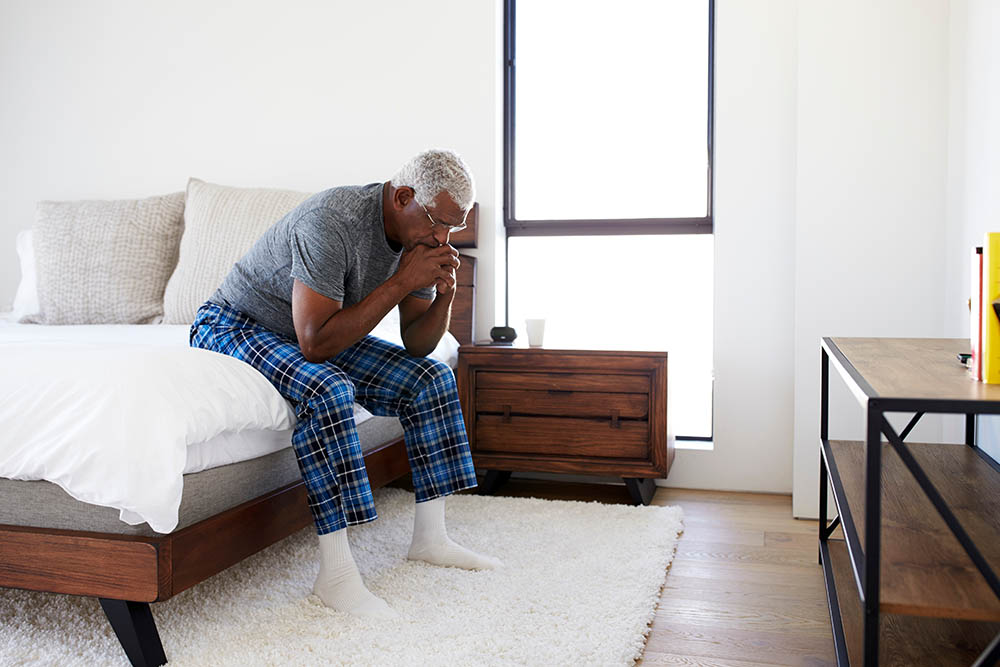It has long been suspected, even accepted, that one of the many symptoms and effects of low T or low testosterone (also called hypogonadism) in both females and males, is depression. Today we have enough scientific evidence to declare that TRT is helpful as a treatment for depressive conditions in patients. A recent study by Drs Walther and Miller “Association of Testosterone Treatment With Alleviation of Depressive Symptoms in Men” provided a meta-analysis on testosterone treatment for patients with depression and it shows sufficient effectiveness to reduce symptoms of depression and anxiety in eugonadal and over 60 years men.
Depression and low testosterone levels have been long acknowledged to coexist together, and where you see low testosterone, you are likely to see depression and/or anxiety in tandem. Naturally, certain societal perceptions may have something to do with this as low T levels impact negatively on sexual function and activity. This can lead to feelings of inadequacy, low self-esteem, and hence depression.
This makes it difficult to diagnose accurately whether the root cause is clinical depression (perhaps caused by age) or hypogonadism. For instance, both age-induced depression and hypogonadism share certain similarities in symptoms such as memory loss and shriveling or lack of bone density and muscle mass.
It is doubtful whether stress and anxiety cause low testosterone problems. It is more likely the other way round as low T can bring about depression and anxiety. Different studies indicate a strong relationship between low T and depressive states, especially in older men. Also, they indicate that while low T can be a cause for depression, TRT is effective in treating major depressive disorder (MDD) as well as dysthymic disorder. These two are regarded as psychiatric illnesses that usually have a negative effect on the sufferer, leading to anxiety, fatigue, and depression.
Testosterone replacement therapy is a good treatment for low testosterone and depression. This can be administered through a patch, gel, or injections. Once the low testosterone is being treated, patients may find that other therapies could also help to speedily alleviate feelings of anxiety and worry. Support from friends and family could tremendously improve the quality of life and health. You may also try deep breathing exercise routines, light exercise and even leisure activities like golf, meditation, prayer, and reading.
The procedure for treatment will usually follow this order
Examination and Testing
The patient is examined physically, mentally, and chemically in a full workup. A psychiatric examination may also be made to determine the type and level of the patient’s depressive state. Still in this test/examination phase, a blood test, as well as a saliva test will be performed. This is to determine the patient’s exact or approximate testosterone levels. Physical examination at this point will seek to pinpoint physical evidence of hypogonadism.
Diagnosis
Based on the tests and examinations above, a diagnosis is made. If the patient is indeed suffering from low T, and the depressive state of the patient is deemed to be a consequence of this, a TRT may be decided upon by the Doctor. Particular attention is paid to the symptoms shown by the patient.
Treatment
The patient is then treated using TRT in a Testosterone Clinic. Although various means of administration exist, injections are a common and effective way of administering prescribed testosterone. The treatment may last as long as 4 weeks for a full dosage to be attained.
Monitoring and Follow up
The patient will then need to be monitored to ascertain the effectiveness of the treatment.


